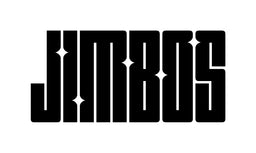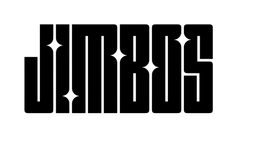Compound vs One-Step Polish – What’s Right for Your Paint?
Should you use a heavy compound or go with a one-step polish? Let’s break it down.
What’s the Difference Between Compounding and One-Step Polishing?
Compounding is typically used for aggressive paint correction—it removes deeper swirls, scratches, and oxidation. It often requires a follow-up step with a finishing polish to refine the paint.
One-step polish blends the cut of a compound with the finish of a polish—giving you correction and gloss in one pass. But not all one-steps are created equal.
When to Use a Compound
- Severe defects or deep scratches
- Heavily oxidized or neglected paint
- When performing multi-stage correction for show-level results
When a One-Step Polish Is the Better Choice
- Paint is in decent condition but needs enhancement
- You want to save time without sacrificing clarity
- You’re detailing customer cars or doing volume work
High-end one-step polishes like Picture Perfect Polish offer cutting power and gloss with zero dusting and smooth wipe-off—making them ideal for efficient, pro-level detailing.
What Makes Picture Perfect Polish Different?
- Pad-dependent for cut or finish flexibility
- Zero dusting and no sticky wipe-down
- Built from scratch with real-world testing
It bridges the gap between traditional compound/polish systems—saving time and simplifying your process.
Where to Buy Picture Perfect Polish
Buy Picture Perfect Polish
Available on Amazon
Related Posts
Frequently Asked Questions
Can I use a one-step polish on heavily swirled paint?
It depends on the product and pad combo. Picture Perfect Polish, paired with a cutting pad, can correct most moderate swirls in one pass.
Do I need to follow up a one-step with a second polish?
No—if you're using a true one-step like Picture Perfect Polish, you can achieve both correction and gloss without a second step.
How do I know if I need to compound?
If the defects are deep enough to catch your fingernail or the paint is heavily oxidized, compounding may be necessary before polishing.




